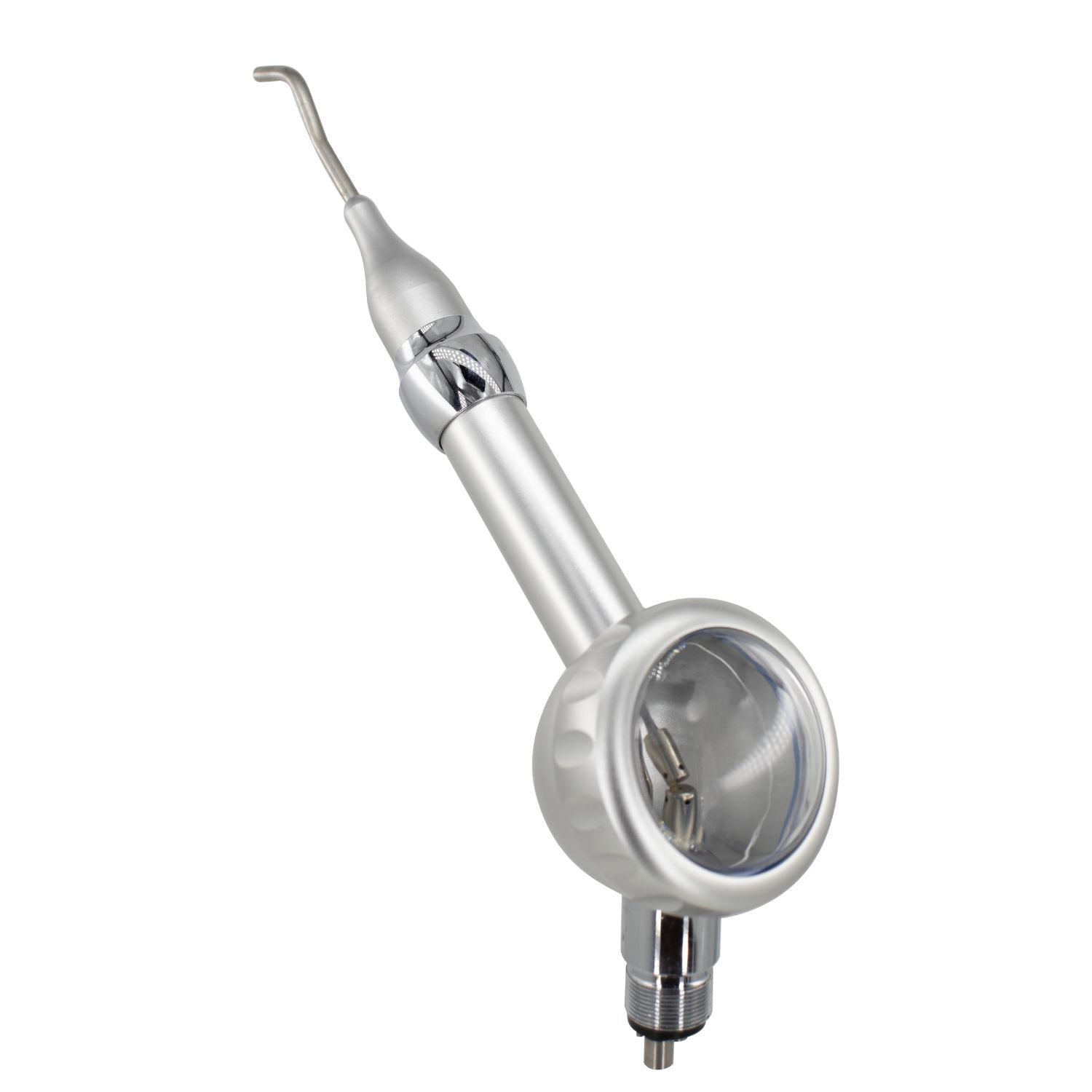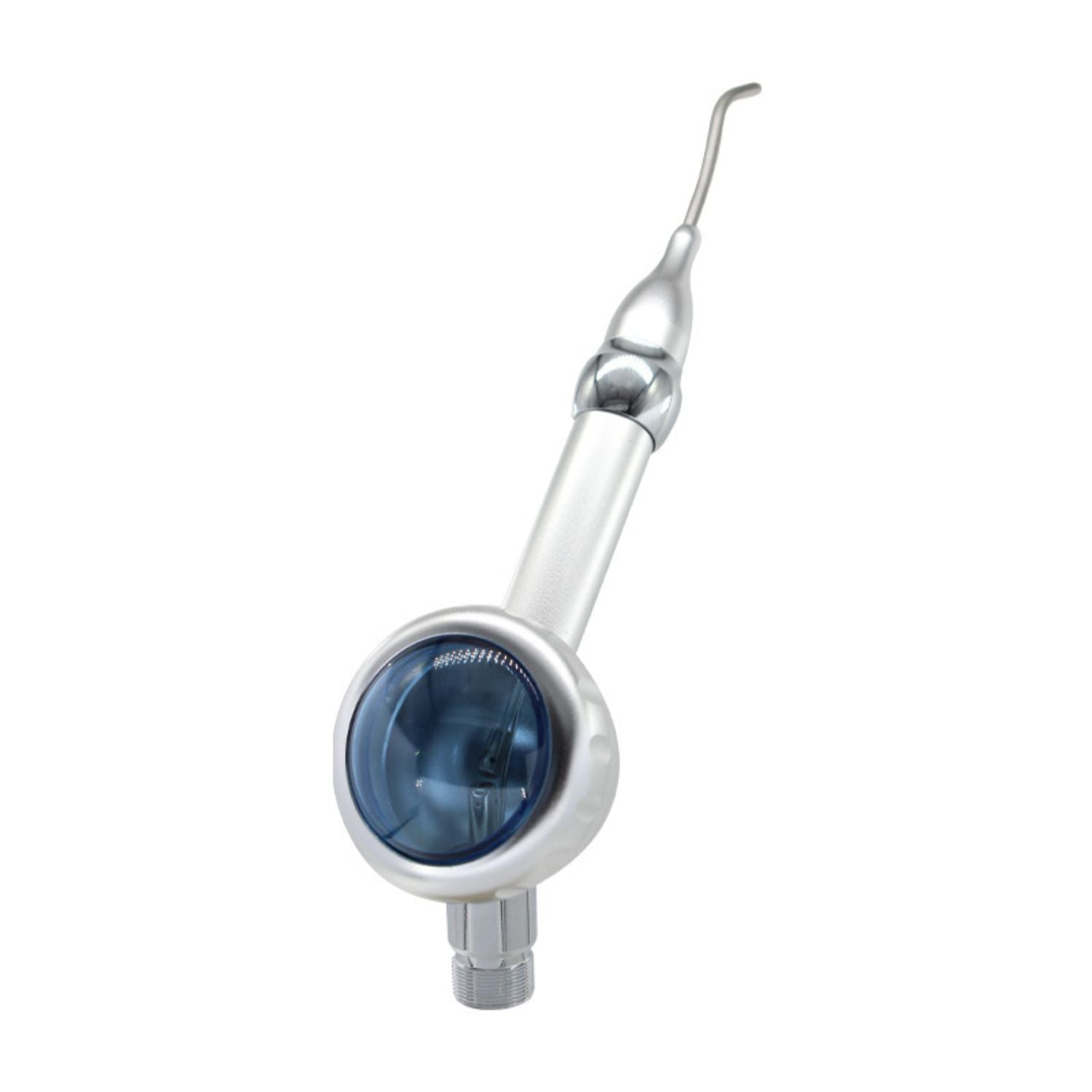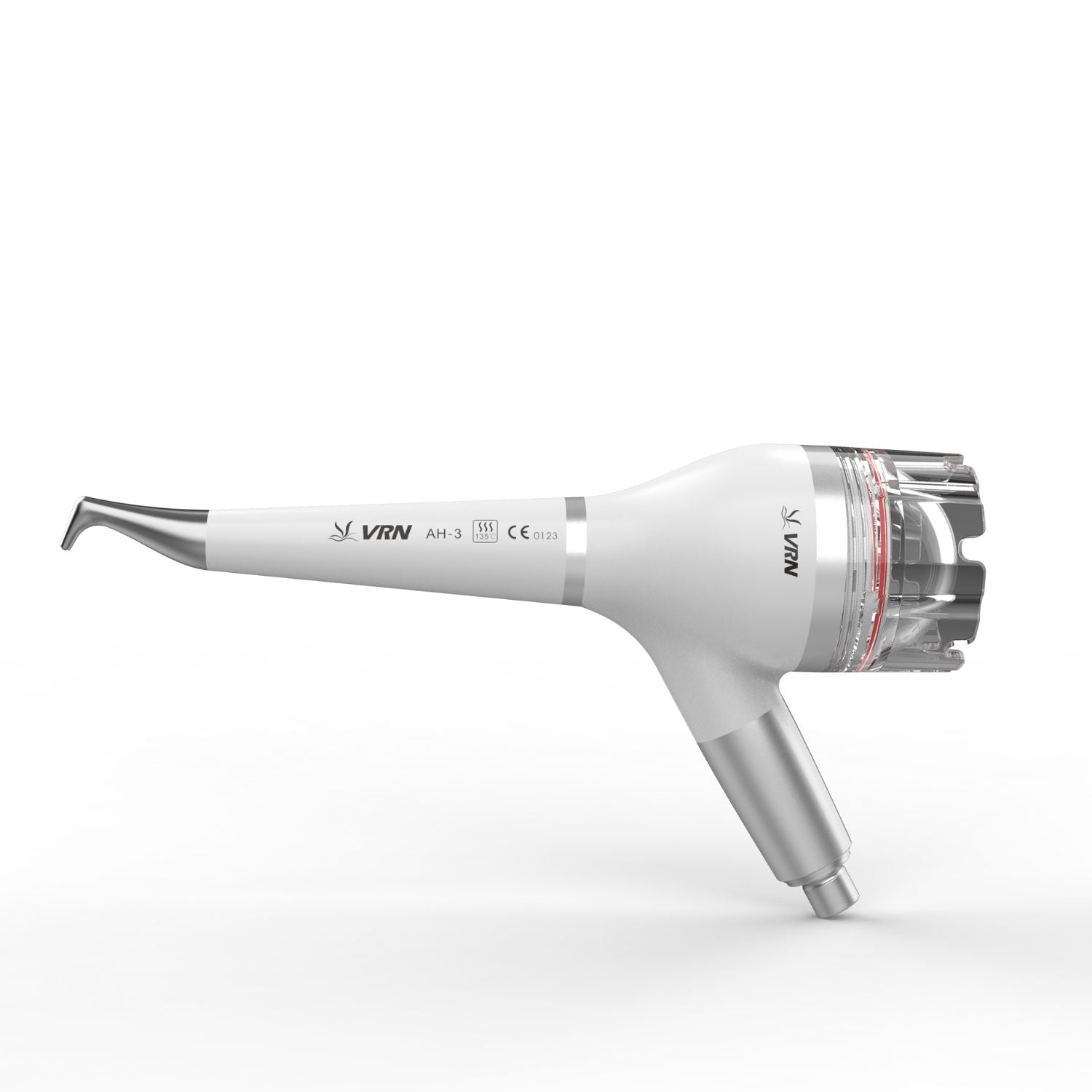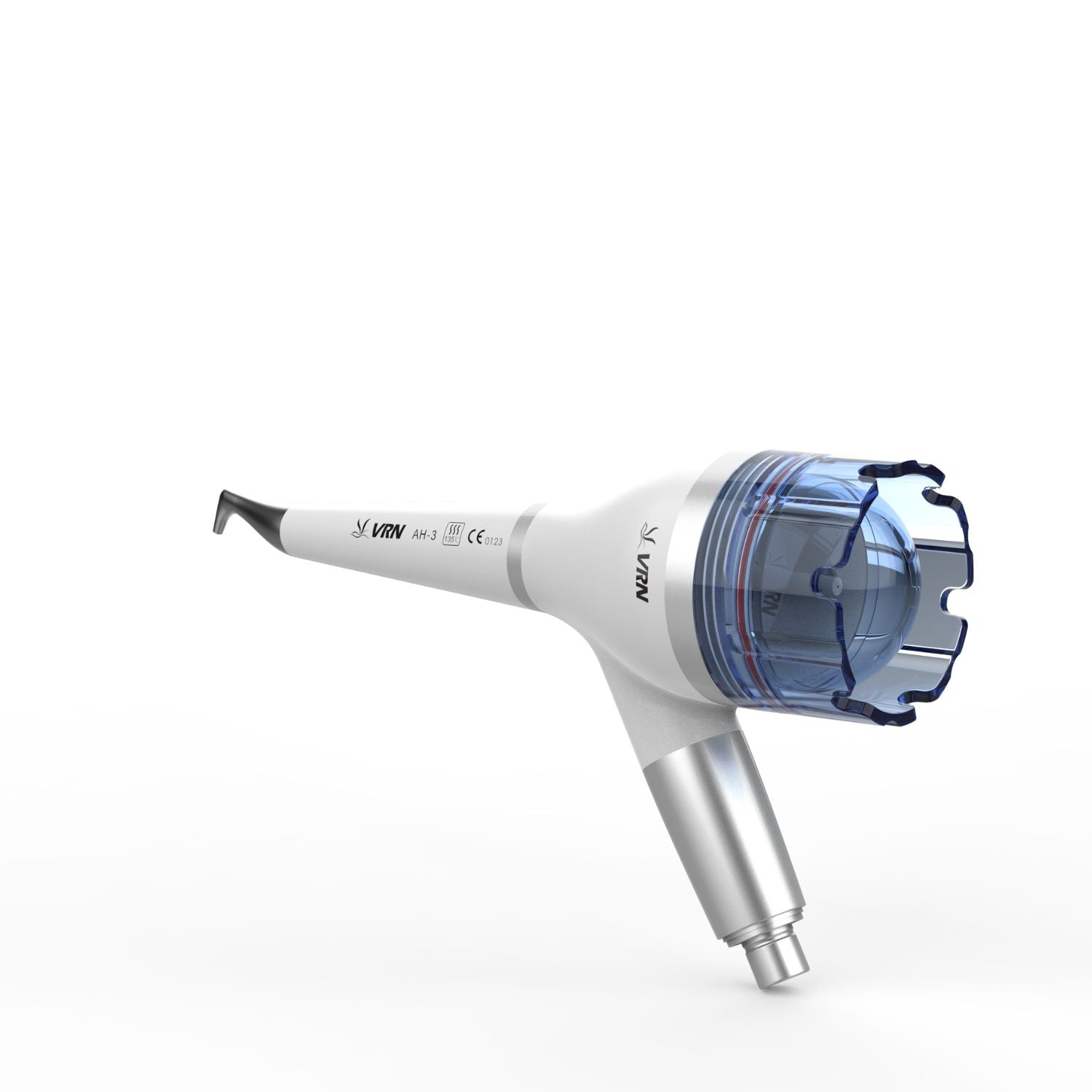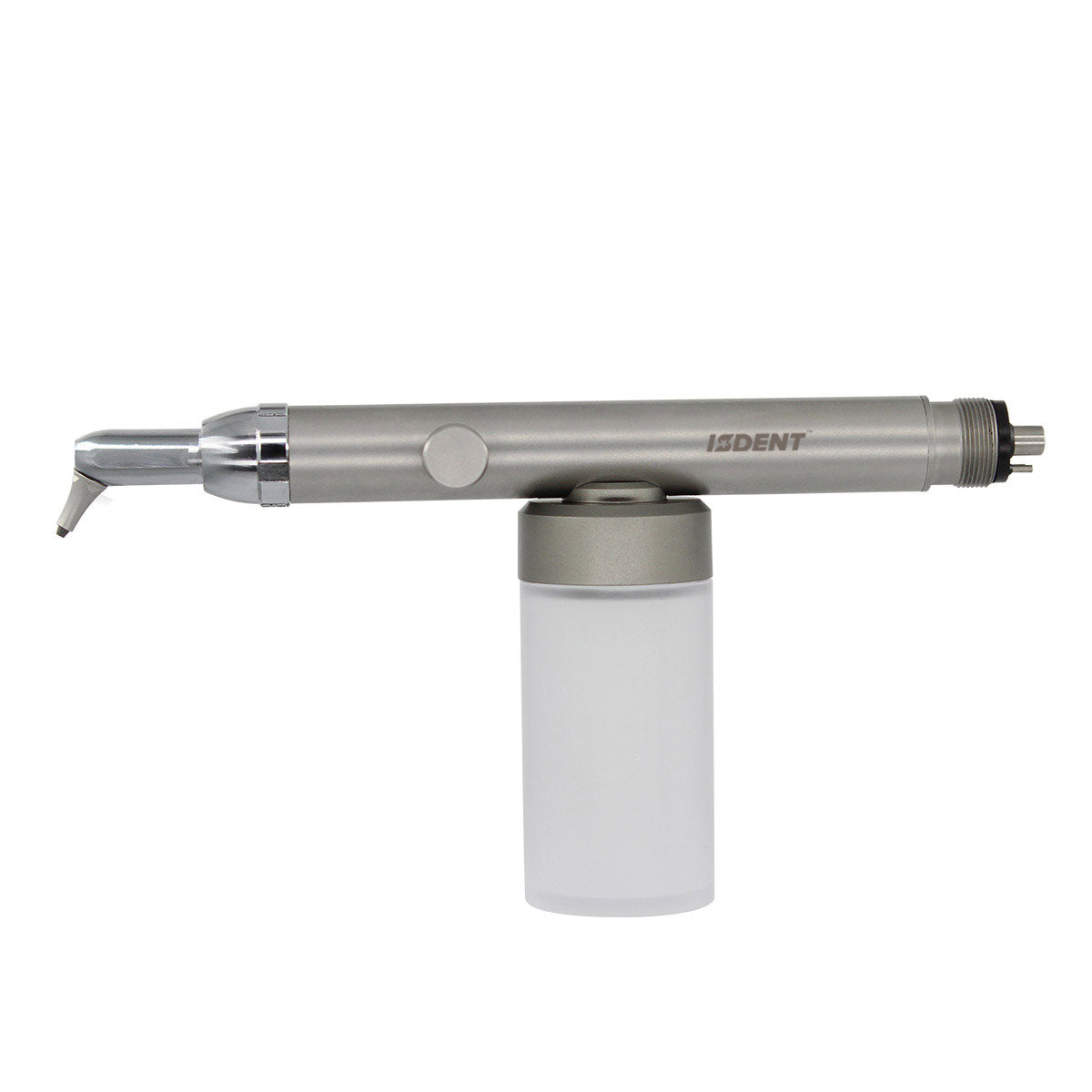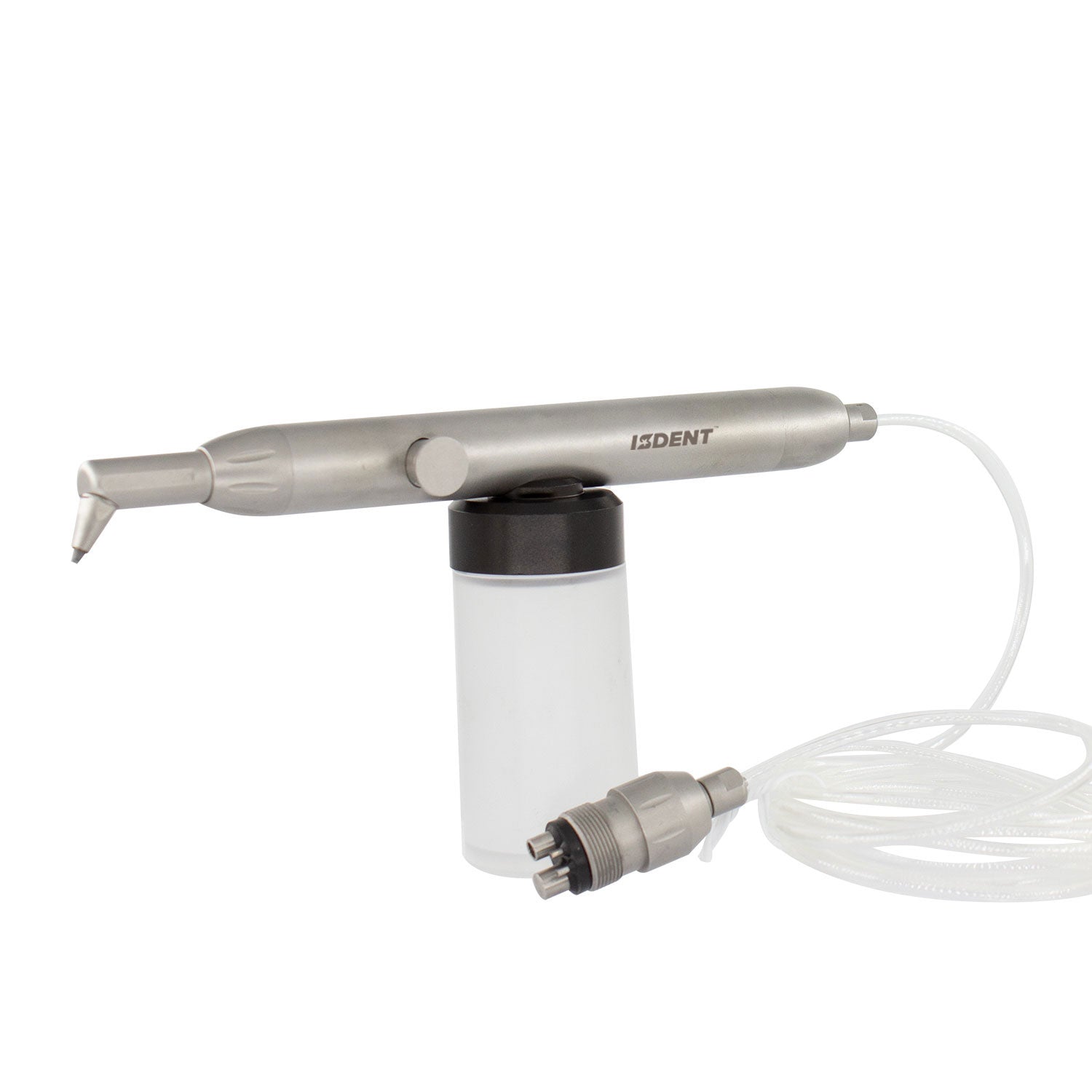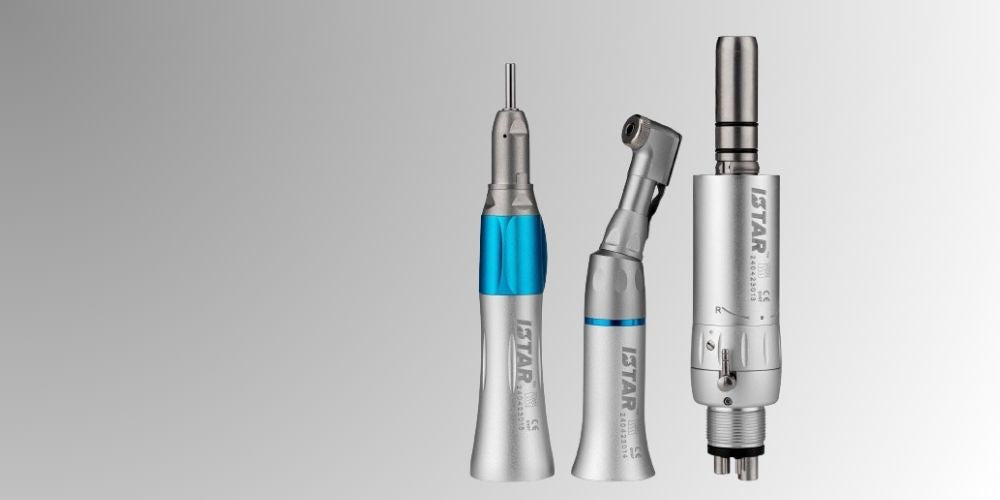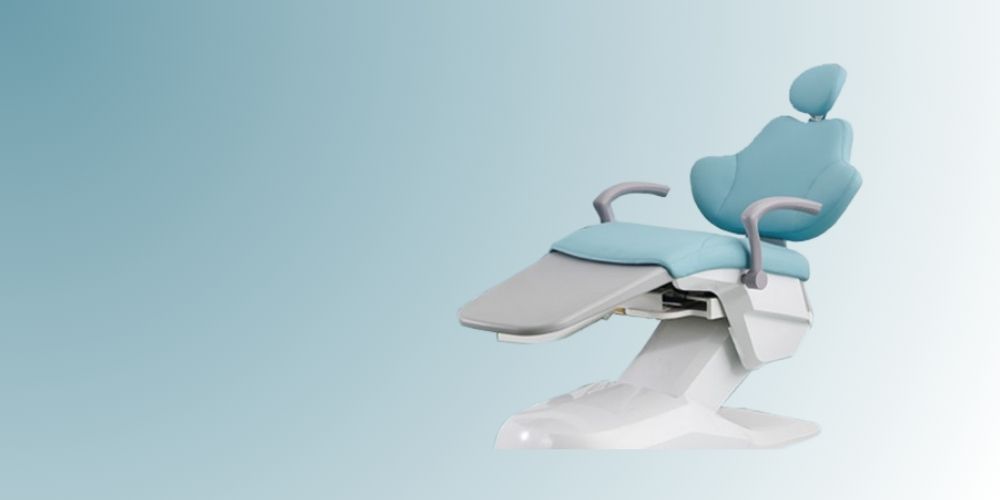
Istar Dental Supply
Our air polishers not only excel in quality and performance but also cater to the needs of our customers by offering personalized services.
Key Features

Competitive Pricing:
Our air flow polishers are offered at highly competitive prices, enabling you to obtain high-quality equipment while controlling costs, ensuring the best value for your investment.

High Quality:
Our prophy jet dental are made from high-quality materials and advanced manufacturing processes, ensuring durability and reliability, and delivering stable performance in various dental procedures.

International Certifications:
Our dental air polisher handpieces have obtained FDA and CE certifications, meeting international standards, and ensuring quality and safety.

Comprehensive After-Sales Service:
We provide a professional after-sales service team to ensure peace of mind during use air polishing machine. Our team is always ready to provide technical support, repair services, and regular maintenance.
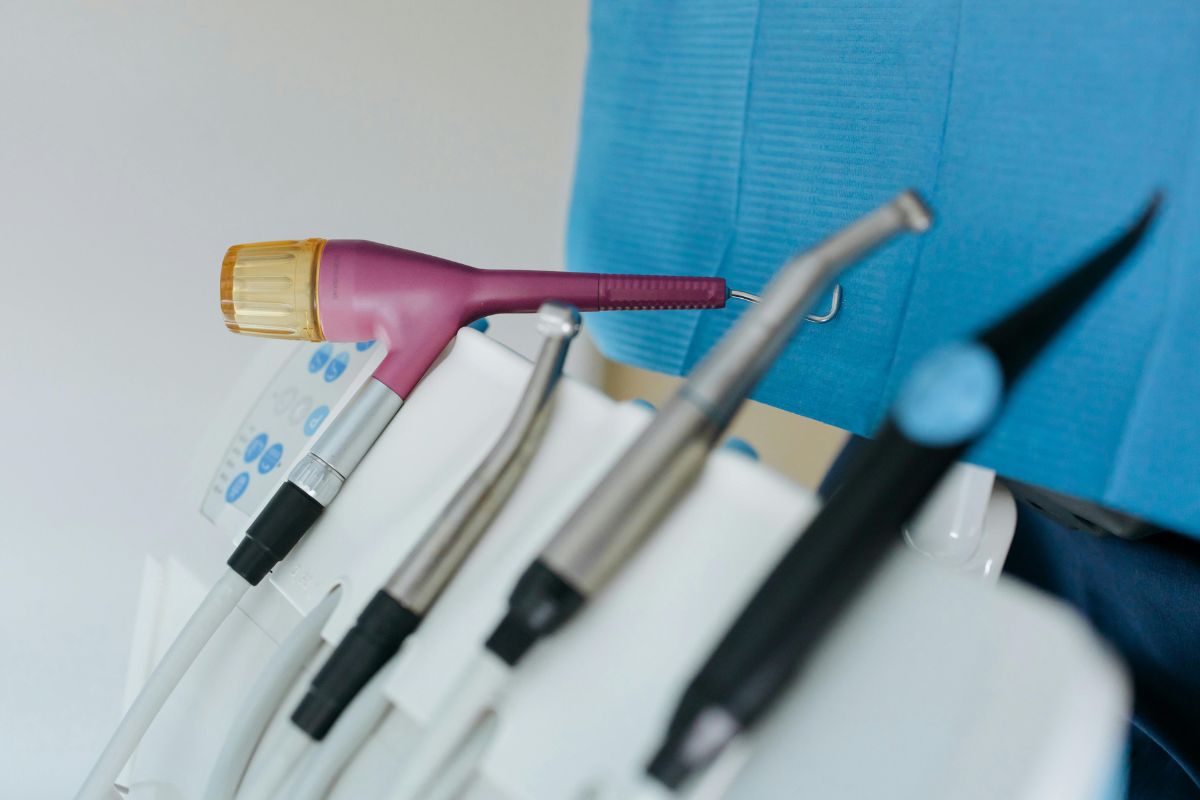
What is Air Polishing?
The air polisher uses air pressure and water pressure to push the polishing powder in the hot spray by compressed air and guide it to the surface of the teeth to remove surface stains, plaque and other soft deposits, making the teeth smooth and beautiful again.
Advantages of Air Polisher
Efficient Stain Removal: Dental air polishers are highly effective at removing extrinsic stains from the surfaces of teeth, such as those caused by coffee, tea, tobacco, or certain foods. The combination of compressed air, water, and abrasive polishing powder helps to break down and remove these stains quickly and efficiently.
Gentle Cleaning: Air polishing is gentler on the teeth and gums compared to traditional scaling and polishing methods, which may involve scraping with metal instruments. The abrasive action of the polishing powder is less abrasive than traditional methods, making it suitable for patients with sensitive teeth or those prone to gum recession.
Reduced Treatment Time: Air polishing is often faster than traditional methods of teeth cleaning and polishing. The high-pressure stream of air, water, and polishing powder allows for rapid removal of stains and plaque, reducing the overall treatment time for patients.
Improved Patient Comfort: Many patients find air polishing to be more comfortable than traditional scaling and polishing methods. The procedure is typically less noisy and less invasive, and the use of a fine spray of water helps to cool the tooth surface and reduce discomfort.
Enhanced Safety: Air polishing is considered a safer alternative to traditional methods of teeth cleaning and polishing, particularly for patients with compromised oral health or those at risk of injury from sharp instruments. The risk of accidental injury to the gums or soft tissues is minimized with air polishing.
Versatility: Prophy jet dental can be used for a variety of dental procedures, including routine cleanings, stain removal, and preparation of tooth surfaces for restorative procedures such as bonding or veneers. They are suitable for use on both natural teeth and dental restorations.
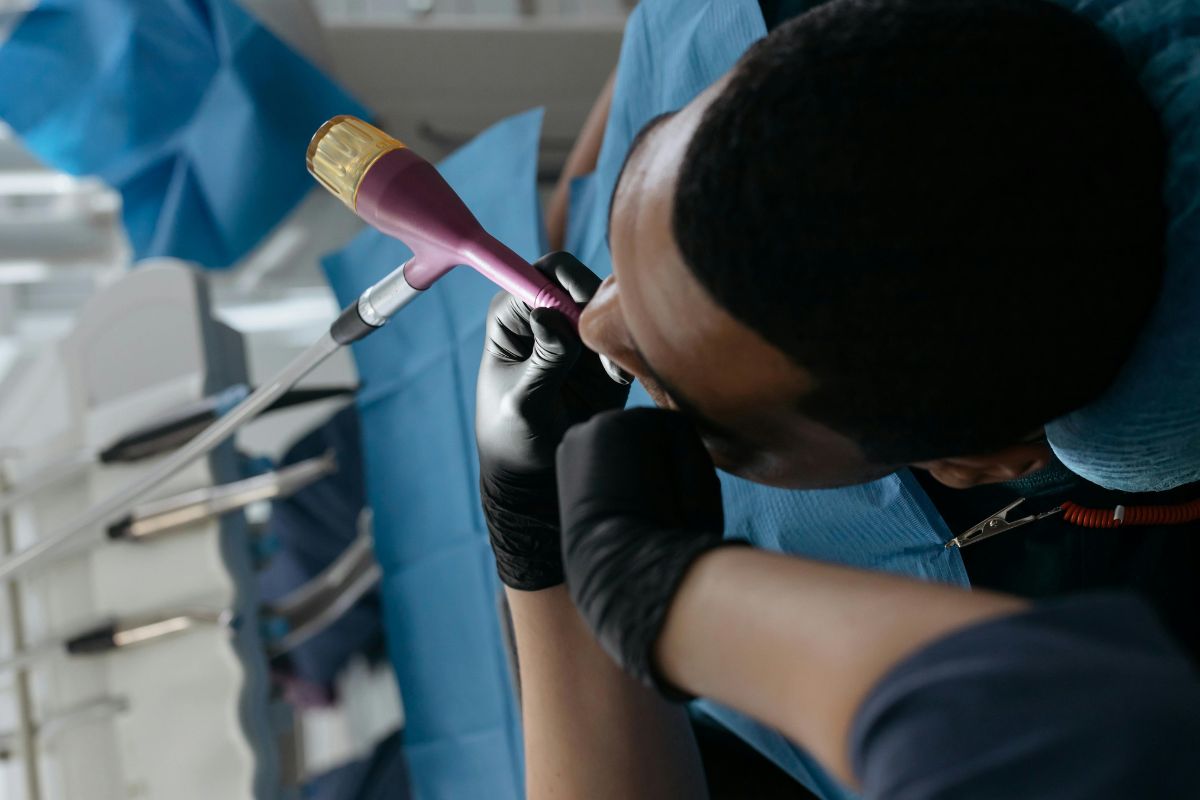
FAQ of Air Polisher
Air polisher dental can remove plaque, calculus, stains, and soft deposits etc. from the tooth surface, and helps prevent oral diseases such as gingivitis and periodontitis.
Due to the increasing emphasis on preventive dental care globally and the rising demand for dental aesthetics, coupled with continuous advancements in dental technology, more and more people are opting to visit dental clinics to have their teeth cleaned using an air polisher dental hygiene. Therefore, the market demand for prophy jets dental is continuously expanding.
Air polishing is usually safe and beneficial when performed correctly by a trained professional using dental polishing handpiece.
Dental hygiene polishing techniques refer to the various methods used by dental hygienists to polish and clean the teeth during dental cleanings. These techniques aim to remove plaque, stains, and soft deposits from the surfaces of the teeth, leaving them smooth, clean, and aesthetically pleasing. Some common dental hygiene polishing techniques include:
Prophylaxis Paste Polishing: This technique involves using a specially formulated prophylaxis paste that contains abrasive particles to polish the teeth. The paste is applied to the teeth and then polished using a rotary polishing tool or a handpiece with a prophy cup or brush attachment.
Air Polishing: Air polishing uses a mixture of air, water, and abrasive powder to remove plaque, stains, and soft deposits from the teeth. The mixture is propelled onto the teeth using a air powder polisher, and the high-pressure stream of air helps to dislodge and remove debris.
Rubber Cup Polishing: Rubber cup polishing involves using a rubber polishing cup attached to a slow-speed handpiece. The cup is coated with polishing paste and applied to the surfaces of the teeth, where it rotates to polish and clean the enamel.
Ultrasonic Scaling: While primarily used for scaling and removing hard deposits, ultrasonic scalers can also be used for polishing. Some ultrasonic scalers have a polishing mode that vibrates the tip at high frequencies to help remove stains and polish the teeth.
Finishing and Flossing: After polishing, dental hygienists may use finishing strips or discs to smooth and refine the surfaces of the teeth further. They may also floss between the teeth to remove any remaining debris and ensure thorough cleaning.
These dental hygiene polishing techniques are essential components of routine dental cleanings and help to maintain oral health, prevent dental diseases, and enhance the appearance of the teeth.
Contraindications for air polishing dental procedures refer to situations where the procedure may not be suitable. Although using air flow polisher is generally a safe and effective dental cleaning method, there are specific circumstances or patients for whom it may not be advisable. Here are some examples of contraindications for air polishing dental procedures:
Tendency for Gum Bleeding: Patients with a significant tendency for gum bleeding may not be suitable candidates for air polishing, as the high-pressure air and abrasive particles may further irritate the gums and worsen bleeding.
Tooth Sensitivity: Patients with particularly sensitive teeth may experience discomfort with air polishing. The abrasive particles may cause temporary tooth sensitivity, so the patient's level of tooth sensitivity should be carefully considered.
Weak Enamel: Patients with weak or damaged enamel may need to avoid air polishing, as the abrasive particles may accelerate enamel wear, leading to further damage to the tooth surface.
Periodontal Diseases: Patients with severe periodontal diseases (such as periodontitis) may need to avoid air polishing, as excessive stimulation may exacerbate the symptoms and condition of the disease.
Respiratory Issues: Patients with respiratory problems or severe asthma may not be suitable candidates for air polishing, as the high-pressure air may cause discomfort in the airways or trigger asthma attacks.
Before performing air polishing, dentists should carefully assess the patient's dental and oral health status and take note of any potential contraindications. For patients with contraindications, alternative appropriate dental cleaning methods should be considered to ensure optimal treatment outcomes and patient safety.
Using air polishing machine can contribute to the whitening of teeth by removing surface stains, plaque, and discoloration caused by factors like coffee, tea, tobacco, and certain foods. The abrasive particles used in air polishing can effectively remove these extrinsic stains, resulting in a brighter and cleaner appearance for the teeth.
However, it's essential to note that air polishing primarily targets extrinsic stains on the outer surface of the teeth. It may not have a significant effect on intrinsic stains or discoloration that originates from within the tooth structure. Intrinsic stains, such as those caused by aging, medications, or dental trauma, may require other whitening treatments such as professional teeth whitening procedures or dental veneers to achieve desired results.
Any question?
If we still haven't answered your question, you can contact us below and we will get back to you as soon as possible.

